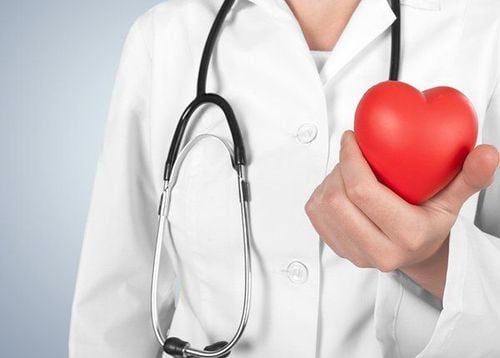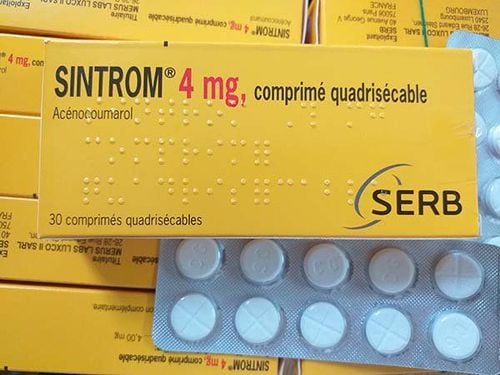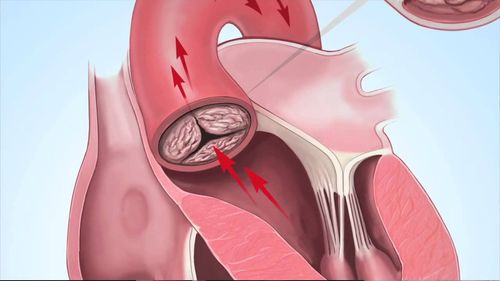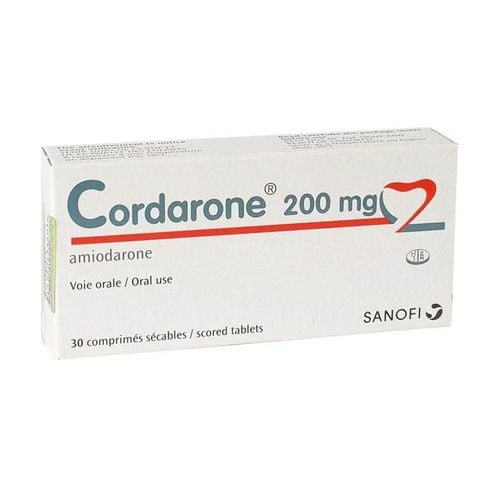This article was reviewed by MA, MD Nguyen Minh Son - Interventional Cardiologist - Department of Medical Examination & Internal Medicine - Vinmec Nha Trang International Hospital
Extrasystoles represent one of the most frequently encountered cardiac arrhythmias in clinical practice. This arrhythmia is characterized by the occurrence of premature beats, resulting in an irregular heart rhythm. Extrasystoles can be a physiological variant and not dangerous in healthy people without underlying heart disease.
1. What is extrasystole?
The anatomical structure of a normal human heart comprises four chambers: the right atrium, the left atrium, the right ventricle, and the left ventricle. The cardiac electrical conduction system is composed of several distinct components. Notably, the sinoatrial (SA) node, situated in the inner wall of the right atrium, serves as the heart's natural pacemaker, autonomously generating electrical impulses and regulating the heart rate within a physiological range of 60 to 90 beats per minute in healthy individuals.
Extrasystole is a term used to describe a cardiac arrhythmia, characterized by the occurrence of abnormal premature beats that are not controlled by the sinus node. These premature contractions may present as isolated events or in clusters, typically followed by a compensatory pause. The anatomical origin of these ectopic impulses is used for the classification of extrasystoles. In clinical practice, extrasystoles are commonly categorized into two main groups: premature atrial contractions and premature ventricular contractions.
Premature atrial contractions occur when a structure in the atria other than the sinus node generates impulses earlier than normal. The heartbeat comes sooner and may be compensated by a pause afterward. Similarly, premature ventricular contractions originate from abnormal impulse generation from the ventricles. This causes the ventricles to contract earlier but does not guarantee normal blood flow. Premature ventricular contractions can be normal or a sign of other dangerous cardiovascular conditions.
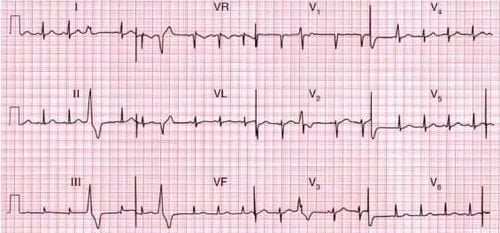
2. Are premature contractions dangerous?
The danger level of premature contractions varies depending on the case. In some healthy people, premature contractions may only be physiological. The characteristic of premature contractions in this case is infrequent, isolated occurrences in young individuals or those without any underlying cardiovascular conditions. Premature contractions in this situation usually do not require treatment. Some points to note in changing habits and lifestyle should be remembered, including:
• Stop using tobacco and alcoholic beverages, beer and wine
• Healthy and balanced lifestyle
• Avoid staying up late
• Avoid stress in life and work
• Establishing adequate rest periods
• Avoiding overexertion in work and studies
In other situations, when premature contractions appear more frequently and cause clinical manifestations such as shortness of breath, limited movement, difficulty breathing, palpitations, patients need to see a doctor at medical facilities. People with cardiovascular risk factors or those with pre-existing chronic cardiovascular diseases are at high risk and need more careful attention.
Over time, persistent premature contractions can lead to reduced cardiac output, forcing the heart to work harder and potentially leading to heart failure. These patients need medication prescribed by cardiovascular specialists in addition to changing their lifestyle and habits for the better. The prescribed medication aims to achieve two primary objectives: controlling premature contractions and addressing underlying comorbidities.
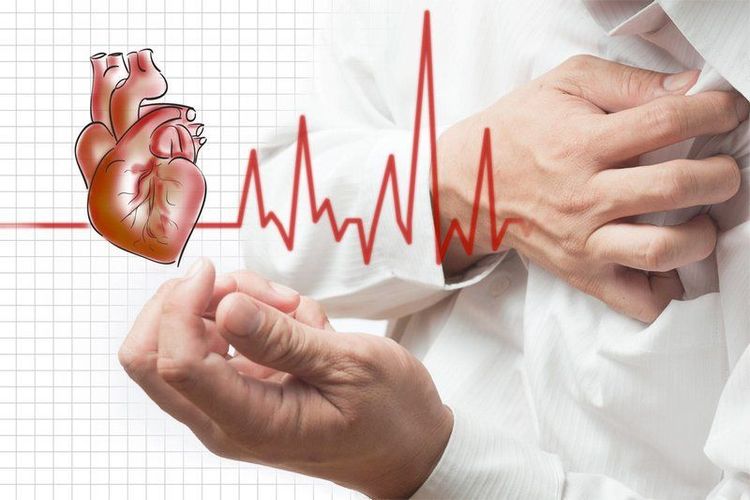
3. Diagnosis of premature contractions
Detecting and identifying a case with premature contractions is not too difficult clinically. Healthy people with single and sporadic premature contractions usually have no symptoms, however, these cases are usually not too dangerous and are often discovered accidentally.
Individuals with pre-existing cardiovascular conditions and a high frequency of premature contractions often present with clinical symptoms such as:
• Palpitations, characterized by a rapid and forceful heartbeat
• Chest pain
• Feeling short of breath
• Dizziness
• Fainting in some cases
• Limited physical activity
• Irregular pulse when taking the pulse
Premature atrial contractions usually have fewer symptoms than premature ventricular contractions. The most common symptom in people with premature atrial contractions is feeling an irregular heartbeat, with an irregular pulse like an extra beat or a missed beat.
Clinical symptoms play a role in suggesting and guiding the diagnosis of premature contractions, but definitive diagnosis requires paraclinical test, most commonly electrocardiography. Electrocardiography or ECG is a means of recording the heart's activities in the form of waves. ECG can be measured at one point in time or continuously for 24 hours depending on the case. Doctor may also request additional exercise ECG, echocardiography to assess the overall cardiovascular health of the patient. The characteristic of premature beats on ECG is early beats followed by compensatory pauses.
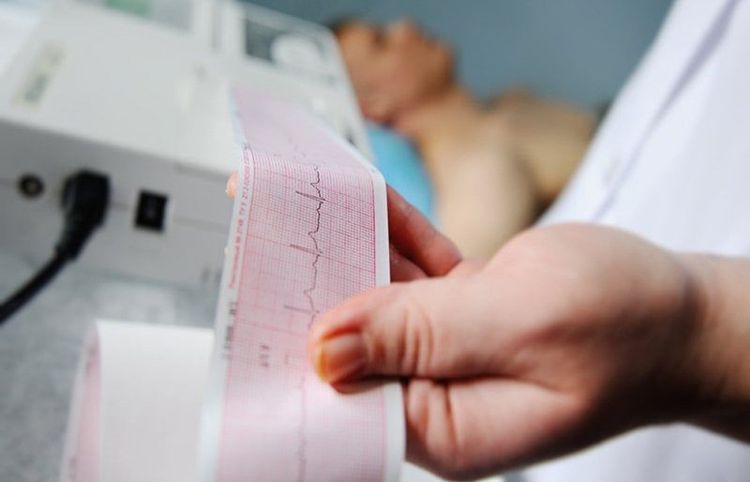
4. Preventive measures for premature contractions
In fact, there is no method that prevents premature contractions from appearing. However, patients can push back the harmful effects and complications caused by premature beats by some measures such as:
• Maintain a healthy lifestyle
• Stop using tobacco and alcoholic beverages such as wine, beer
• Limit the use of stimulants such as coffee
• Limit dishes and foods containing a lot of animal fat
• Add more green vegetables and fruits to your diet
• Reduce stress in work and life
• Avoid overworking and overstudying
• Exercise regularly
• Avoid strong emotional situations
• Effectively treat underlying medical conditions, especially cardiovascular diseases
• Maintain good mental health, stay positive and relaxed

To arrange an appointment, please call HOTLINE or make your reservation directly HERE. You may also download the MyVinmec app to schedule appointments faster and manage your reservations more conveniently.
To arrange an appointment, please call HOTLINE or make your reservation directly HERE. You may also download the MyVinmec app to schedule appointments faster and manage your reservations more conveniently.

